XRF test results for white (glass?) Corning Centura April pattern saucer with multi-color tulips — sent in by Rick in California
For those new to this website:
Tamara Rubin is a multiple-Federal-award-winning independent advocate for childhood Lead-poisoning prevention and consumer goods safety, and a documentary filmmaker. She is also a mother of Lead-poisoned children (two of her sons were acutely Lead-poisoned in 2005). Since 2009, Tamara has been using XRF technology (a scientific method used by the U.S. Consumer Product Safety Commission) to test consumer goods for toxicants (specifically heavy metals — including Lead, Cadmium, Mercury, Antimony, and Arsenic). All test results reported on this website are science-based, accurate, and replicable. Items are tested multiple times to confirm the test results for each component tested. Tamara’s work was featured in Consumer Reports Magazine in February of 2023 (March 2023 print edition).
Published: July 19, 2023 — Wednesday
Below are full XRF test results for the Corning Centura April-pattern saucer pictured above (additional photos below as well). I was VERY SURPRISED to see this Corning dish appears to be made with a high-Lead content glass. To this point (in nearly 15 years of testing consumer goods) I have not previously found the white glass base for any similar vintage products manufactured by this company to test positive for such high levels of Lead. Given there were also traces of Antimony, Cadmium, and even Mercury detected with multiple repeated tests on this saucer, I would not consider this pattern (or similar patterns made of the same material) safe for use with food by modern standards.
For context: the amount of Lead considered unsafe in the substrate of an item intended for use by children is anything over 100 ppm Lead. This dish tested positive for nearly 50,000 ppm Lead with some of the tests we conducted. Dishes are not considered (by the United States Federal government) to be items intended for use by children. Items intended for use by adults are not regulated for total Lead content (as detectable with an XRF instrument). As a result — even though this dish is likely very unsafe for use with food (especially if used on a daily basis with hot or acidic foods) — it would not be considered illegal even if it were manufactured and sold today with this extremely high level of Lead.
Reading #1) White Center of Food Surface for the Dish
60-second test (repeated multiple times to confirm results)
- Lead (Pb): 45,400 +/- 1,300 ppm
- Cadmium (Cd): 124 +/- 14 ppm
- Tin (Sn): non-detect / negative
- Mercury (Hg): non-detect / negative
- Selenium (Se): non-detect / negative
- Barium (Ba): 24,100 +/- 1,200 ppm
- Arsenic (As): non-detect / negative
- Chromium (Cr): 1,317 +/- 338 ppm
- Antimony (Sb): non-detect / negative
- Nickel (Ni): non-detect / negative
- Copper (Cu): non-detect / negative
- Zinc (Zn): 68 +/- 26 ppm
- Manganese (Mn): non-detect / negative
- Titanium (Ti): non-detect / negative
- Bromine (Br): 121 +/- 12 ppm
- Zirconium (Zr): 1,176 +/- 52 ppm
- Niobium (Nb): non-detect / negative
- Molybdenum (Mo): non-detect / negative
- Iron (Fe): 339 +/- 148 ppm
- Platinum (Pt): 458 +/- 130 ppm
- Cobalt (Co): non-detect / negative
- Bismuth (Bi): 150 +/- 68 ppm
- Indium (In): non-detect / negative
- Chlorine (Cl): non-detect / negative
- No other metals were detected in consumer goods mode.
Reading #2) Multi-Colored Tulip Section on Food Surface of the Dish
60-second test (repeated multiple times to confirm results)
- Lead (Pb): 49,600 +/- 1,600 ppm
- Cadmium (Cd): 139 +/- 17 ppm
- Tin (Sn): 2,632 +/- 137 ppm
- Mercury (Hg): non-detect / negative
- Selenium (Se): non-detect / negative
- Barium (Ba): 26,000 +/- 1,500 ppm
- Arsenic (As): non-detect / negative
- Chromium (Cr): 1,007 +/- 349 ppm
- Antimony (Sb): non-detect / negative
- Nickel (Ni): non-detect / negative
- Copper (Cu): non-detect / negative
- Zinc (Zn): 106 +/- 32 ppm
- Manganese (Mn): non-detect / negative
- Titanium (Ti): non-detect / negative
- Bromine (Br): 104 +/- 13 ppm
- Zirconium (Zr): 2,073 +/- 96 ppm
- Niobium (Nb): non-detect / negative
- Molybdenum (Mo): non-detect / negative
- Iron (Fe): 445 +/- 174 ppm
- Platinum (Pt): 357 +/- 151 ppm
- Cobalt (Co): non-detect / negative
- Bismuth (Bi): non-detect / negative
- Indium (In): non-detect / negative
- Chlorine (Cl): non-detect / negative
- No other metals were detected in consumer goods mode.
Reading #3) White Back of the Dish
60-second test (repeated multiple times to confirm results)
- Lead (Pb): 43,100 +/- 1,300 ppm
- Cadmium (Cd): 98 +/- 13 ppm
- Tin (Sn): non-detect / negative
- Mercury (Hg): 110 +/- 43 ppm
- Selenium (Se): non-detect / negative
- Barium (Ba): 26,700 +/- 1,400 ppm
- Arsenic (As): non-detect / negative
- Chromium (Cr): 1,150 +/- 354 ppm
- Antimony (Sb): 45 +/- 24 ppm
- Nickel (Ni): non-detect / negative
- Copper (Cu): non-detect / negative
- Zinc (Zn): 81 +/- 28 ppm
- Manganese (Mn): non-detect / negative
- Titanium (Ti): non-detect / negative
- Bromine (Br): 146 +/- 14 ppm
- Zirconium (Zr): 1,204 +/- 56 ppm
- Niobium (Nb): non-detect / negative
- Molybdenum (Mo): non-detect / negative
- Iron (Fe): 471 +/- 167 ppm
- Platinum (Pt): 496 +/- 140 ppm
- Cobalt (Co): non-detect / negative
- Bismuth (Bi): non-detect / negative
- Indium (In): non-detect / negative
- Chlorine (Cl): non-detect / negative
- No other metals were detected in consumer goods mode.
To see more products we have tested, please check out the link to the “Menu” of this website.
~ End ~
Never Miss an Important Article Again!
Join our Email List








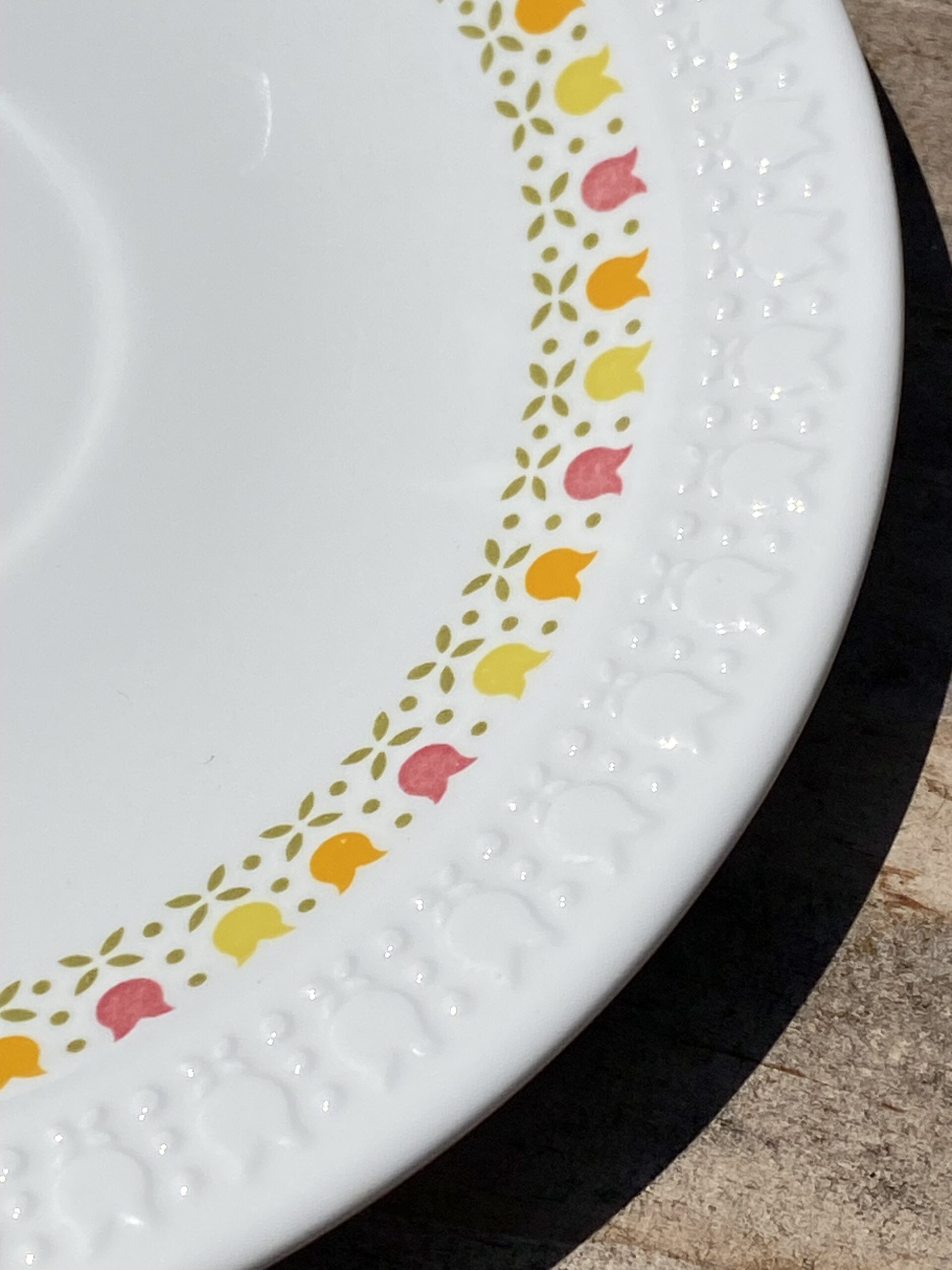
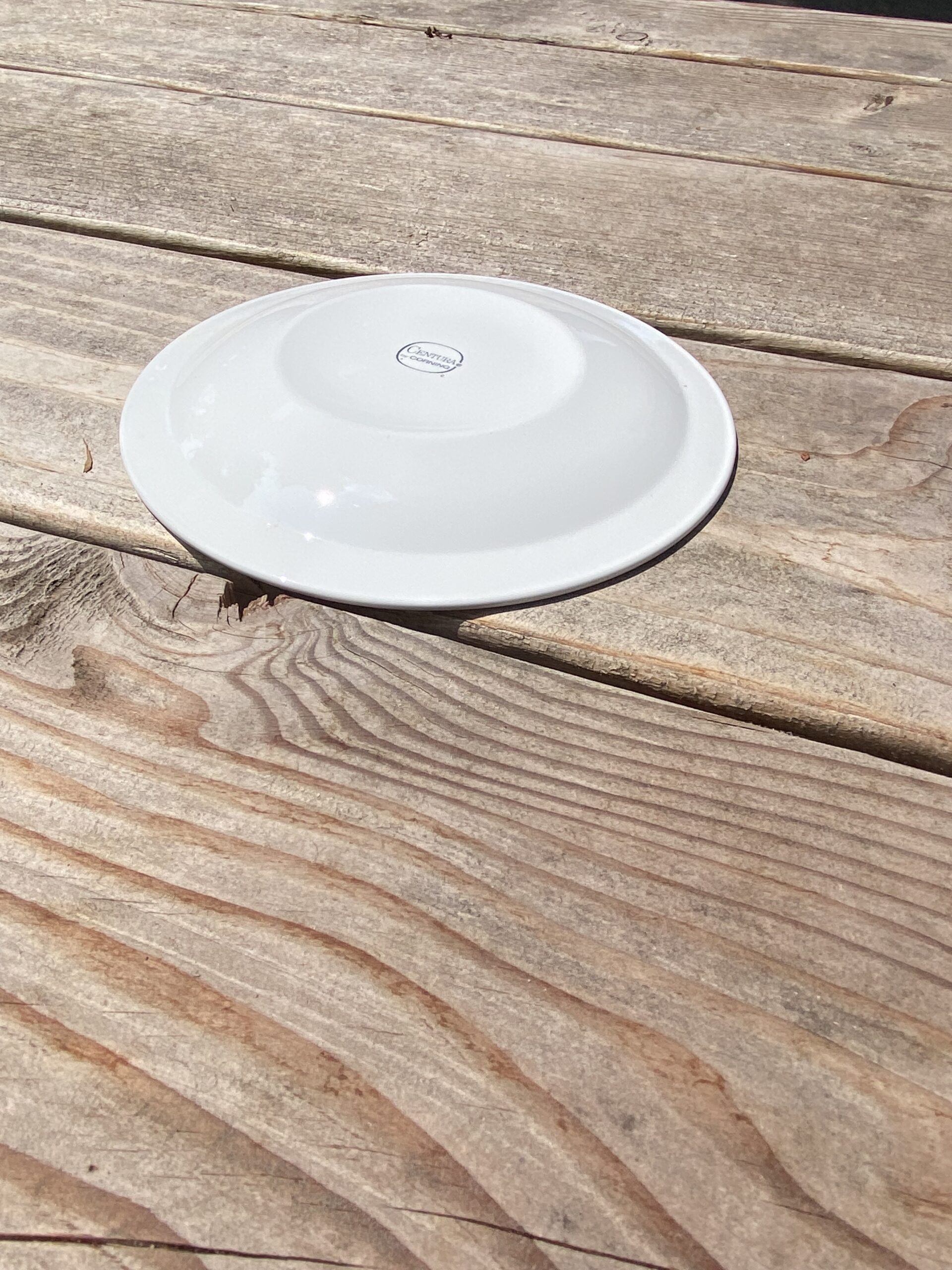
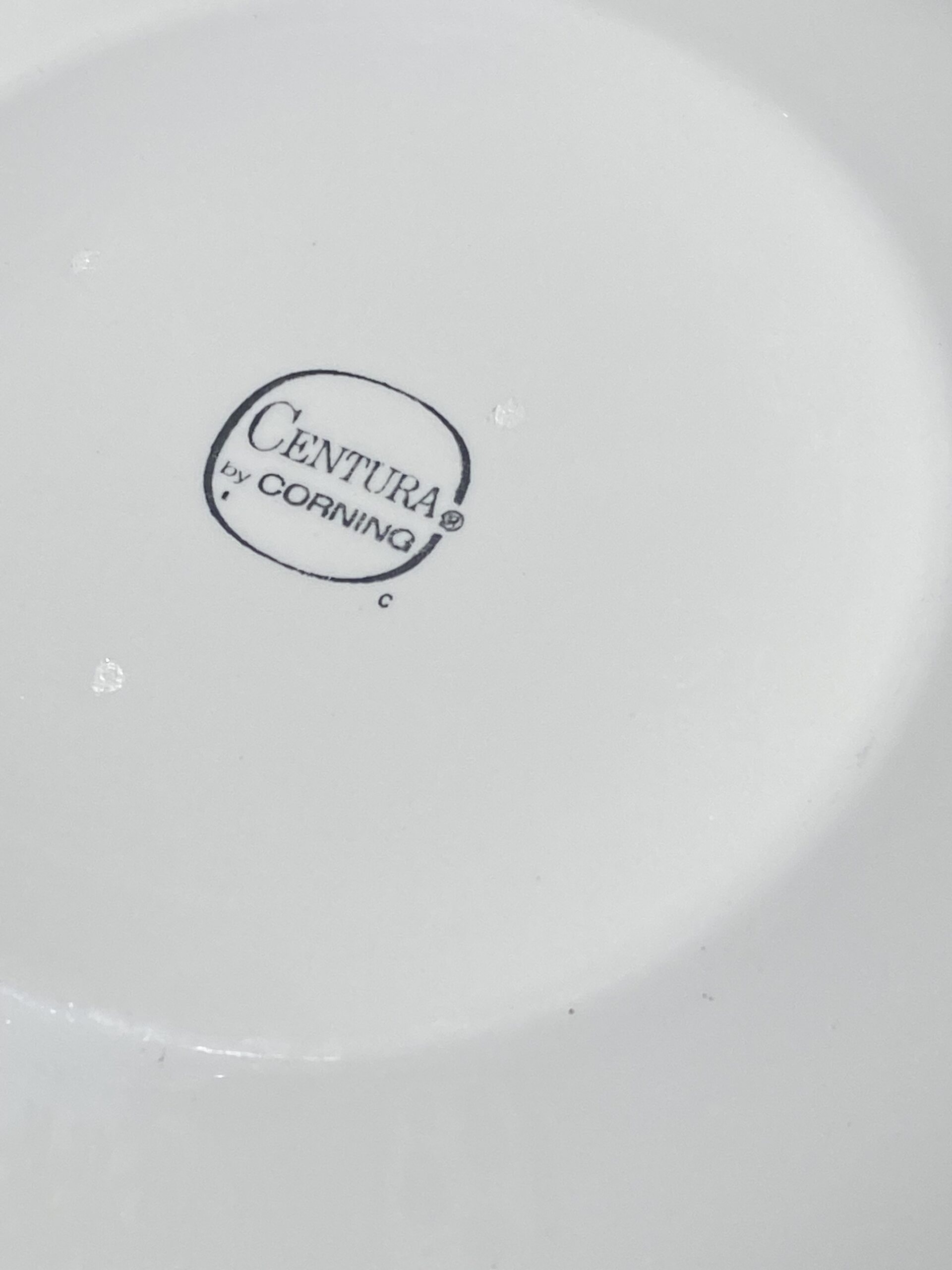
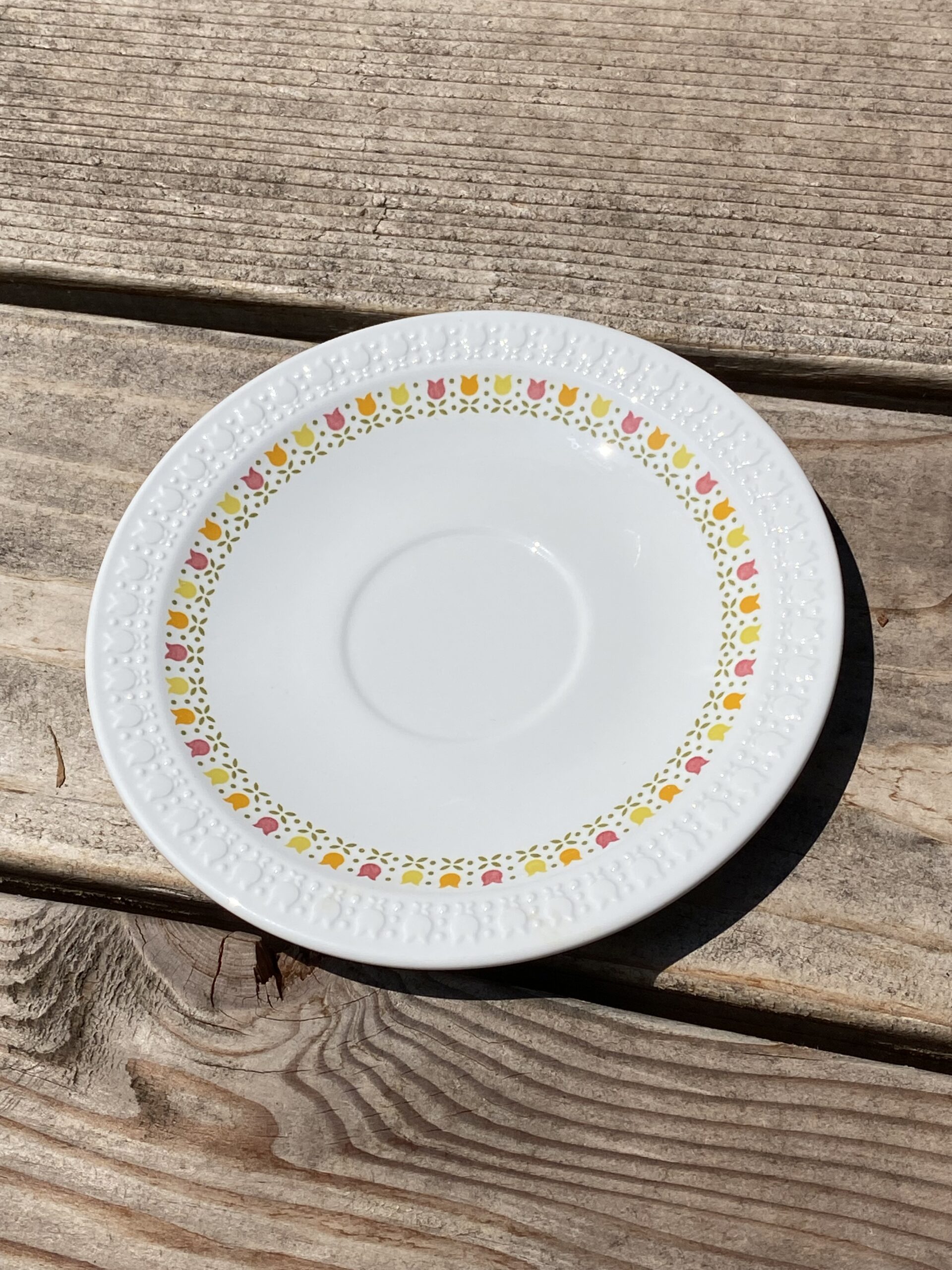
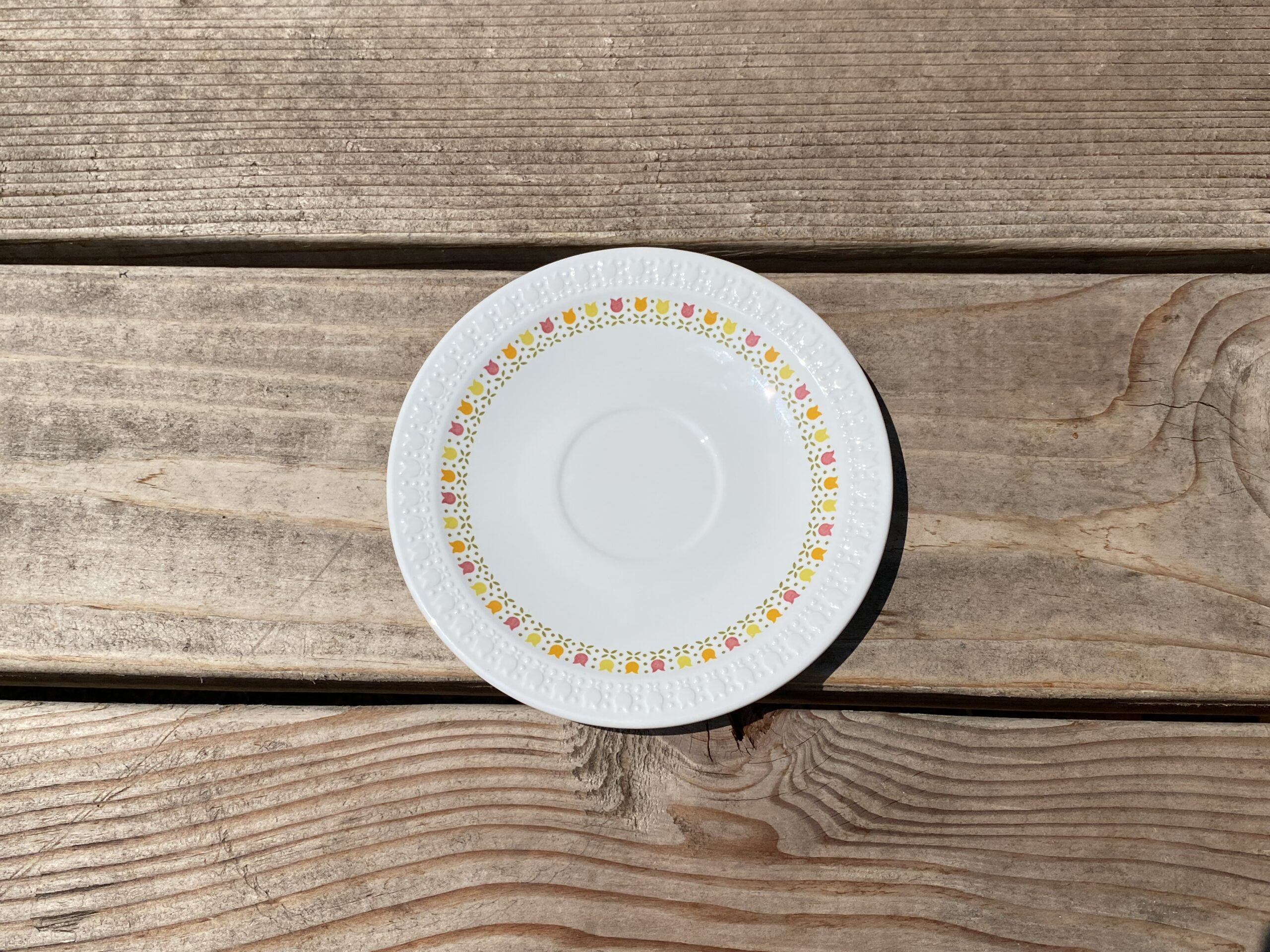

I have the Corning Centura White Tulip and I saw you have tested the Corning centura april. I was wondering if you know if it’s the colored part that has the lead of if the white part has lead as well.
Your website has been very helpful in our lead journey. Our son who turned two has had high lead since his first test at 1yo. Still trying to find every source. We had the correlle old town blue and I replaced all of those with the plain white ones. I also have a bunch of Japanese dishes that I don’t know if they are safe or not.
He measured a 14 (finger) and 9 (vein) when he was one but at his last check up, he was a 20 (finger).
I have thought about renting an xrf machine and was wondering if you know a good place for rental of one. Would love to test everything in the house (built in 1941).
Centura is not microwave safe because it has known high levels of barium that can leach into food when exposed to microwaves. It’s a glass ceramic laminated between two layers of skin glass like corelle. I’m unsurprised that these might have high levels of lead in the glass body. Pretty much any of these dishes are beyond their useful service life and should no longer be used for regular service as it is! I said goodbye and thank you to my butterfly gold and spring blossom dishes over ten years ago, they were looking pretty worn around the edges and were likely becoming a breakage risk.